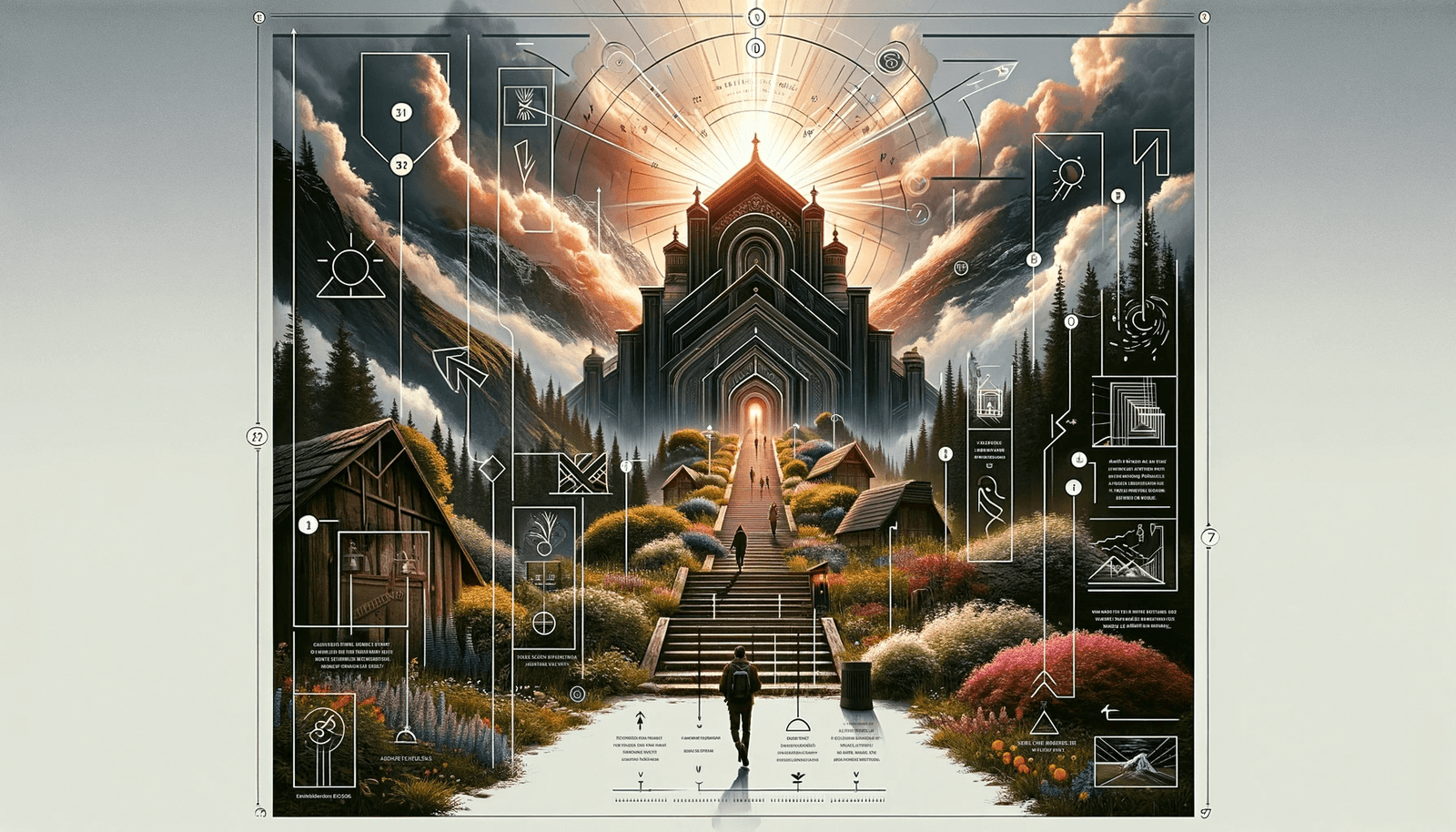In the constantly evolving world of art, there has been a recent shift towards a new medium known as digital art. For centuries, traditional art forms such as painting, sculpting, and drawing have dominated the art scene. However, with advancements in technology, artists are now able to create stunning and innovative pieces using digital tools. The rise of digital art has sparked a debate on whether it should be considered as a form of art or simply a product of technology. In this article, we will explore the world of digital art, its history, and its impact on the art world.
Digital art, also known as computer art or new media art, encompasses a wide range of art forms that utilize digital technology in their creation. These can include digital painting, 3D modeling, animation, and even virtual reality art. Digital art can be created using a variety of software programs, such as Adobe Photoshop, Illustrator, and Procreate, as well as specialized tools like graphic tablets and styluses. This medium allows artists to push the boundaries of traditional art and gives them the freedom to experiment and create new and unique pieces.

The roots of digital art can be traced back to the 1950s when artists began experimenting with computers and machines as a means of creating art. However, it wasn’t until the 1980s with the introduction of personal computers that digital art started gaining recognition. With the rapid advancements in technology over the years, digital art has evolved and expanded, gaining popularity and acceptance in the art world.
One of the major debates surrounding digital art is whether it should be considered as a form of art. Some argue that taylor swift ai images is simply a product of technology and lacks the creativity and expression of traditional art. However, many contemporary artists argue that digital art is just another medium for artists to express themselves and should be considered as a valid form of art.
Digital art has also faced criticism for being a less authentic form of art compared to traditional art. Unlike traditional works, digital art can easily be reproduced and lacks the physicality of a tangible artwork. However, digital art also offers new possibilities and challenges for artists, such as the ability to create interactive and immersive experiences and the challenge of preserving and exhibiting digital pieces.
Despite these controversies, digital art has made a significant impact on the art world. It has introduced new techniques and styles, opened up opportunities for collaboration and experimentation, and has challenged the traditional concepts of art. Digital art has also allowed for more accessibility and inclusivity in the art world, with online galleries and platforms showcasing digital art for a global audience.
Moreover, digital art has also become an important tool for social and political commentary. Many artists use this medium to address current issues and bring awareness to important topics, reaching a wider audience through social media and online platforms.
In conclusion, the rise of digital art has brought about a new wave of creativity and innovation in the art world. It has blurred the lines between technology and art, challenging our traditional notions of what constitutes as art. As technology continues to advance, there is no doubt that digital art will continue to grow and evolve, shaping the future of art and allowing for endless possibilities for artists to express themselves.
